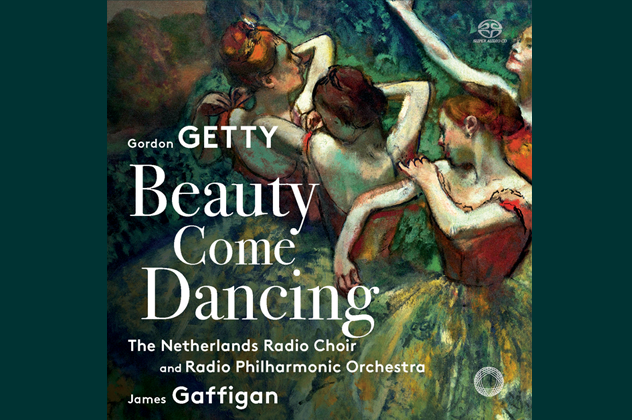“For a Dead Lady begins as a waltz, not quite as elegiac in mood as you’d expect, which morphs into 4 with continually changing accents, often pitting two different meters (chorus and orchestra) against each other.”
Lynn René Bayley
The Art Music Lounge
“For a Dead Lady” is darker, but Getty finds the poetry of multi-Pulitzer-winner Edwin Arlington Robinson (1869-1935) to be “sublime as well as overwhelming, at least the equal of Whitman and Poe. He has this gift of cumulative weight, and he piles it on with gentle, irresistible power.” Getty and chamber orchestra swirl this in sad waltz time, again, and the composer leaves the harmony artfully unresolved at the conclusion.
- For SATB chorus and orchestra
- Duration: 3:15
- Poem by Edwin Arlington Robinson
Orchestration: oboe, English horn, 2 clarinets, bass clarinet, 2 bassoons, contrabassoon, 4 horns, harp, celesta, strings
(Piano reduction available)
Perusal score and text available upon request
Stream For a Dead Lady on the album: Beauty Come Dancing
COMPOSER’S NOTES
Choral Pieces
“Beauty Come Dancing”
“Ballet Russe”
“There Was a Naughty Boy”
“For a Dead Lady”
“Those Who Love”
All these texts were set at the Salzburg Festival two years ago on my trusty 88–key Casio. I had written the text to “Beauty Come Dancing” at the Festival del Sole just before. The dance theme makes it a natural companion to Masefield’s “Ballet Russe.” There a ballerina dances to Chopin piano accompaniment. I aimed for tunes he might have written but didn’t. Although Masefield’s verse and mine scan in iambic pentameter, I set both to waltzes. That can be tricky.
John Keats heads my poetic pantheon, with Masefield a close second. I would choose the same two, in the same order, for comic poetry. Keats’ “There Was a Naughty Boy” is a delicious example.
E. A. Robinson, like Masefield, paid no court to modernism. “For a Dead Lady” and “Eros Tyrannos” build like Bach fugues. No poet surpasses him for cadence and the longer breath. Sara Teasdale’s “Those Who Love” shows the equal power of a lighter touch.
Reviews
“For a Dead Lady” contained perhaps the most luxuriant strains of music in the set, bringing out a lovely combination of sounds, in particular from the strings and reeds, the latter of which continued to dominate aesthetically in the final song of the series, Teasdale’s “Those Who Love.”
Elizabeth Warnimont
Benicia Herald Online, 2015
